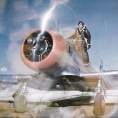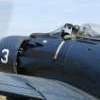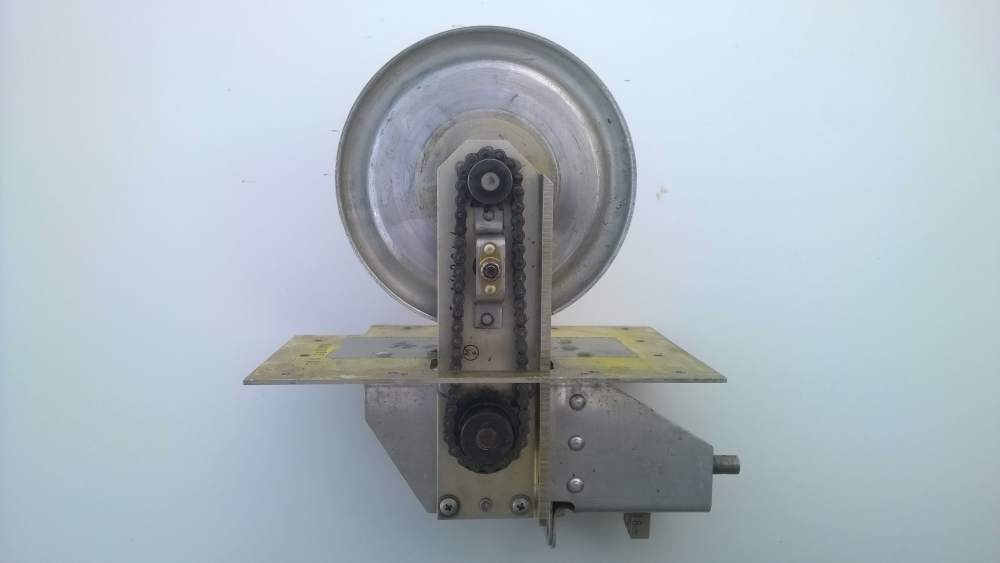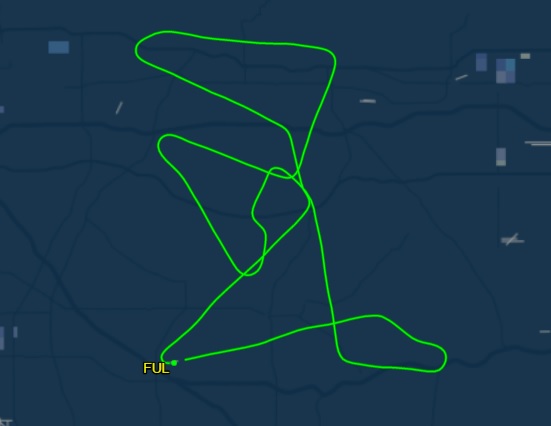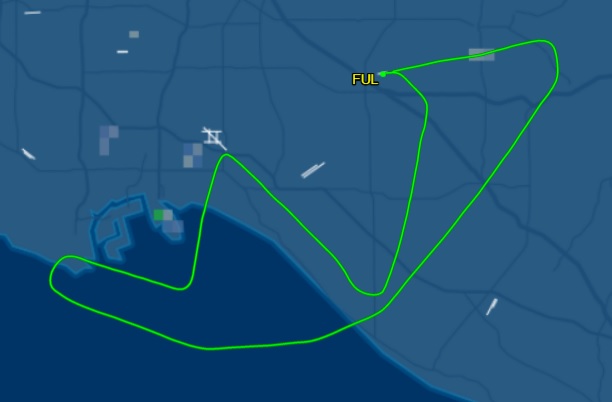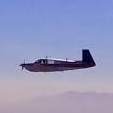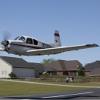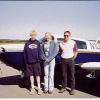Leaderboard
Popular Content
Showing content with the highest reputation on 03/01/2021 in all areas
-
4 points
-
Lot's of flying recently. IFR training flights on the 20th, 24th, and 27th. You can read about those flights over in my training thread or on my blog. In between I squeezed a short 15 minute flight on the 26th over to KRAL after work for some less expensive fuel and to see what it looks like outside the plane when you are flying. Yesterday afternoon after my morning IFR training flight my wife and I took her sister-in-law for her first small plane flight along the coast down to KSEE for a late lunch. The smallest plane she had previously been in was a 12 passenger puddle jumper. It was a little hazy but a beautiful flight none the less. She enjoyed it. On the way back we took a turn over the Port of Long Beach to see all the container ships that are stuck waiting to unload. (@Hyett6420, life jackets on everyone)4 points
-
What you're missing is when it's time for you to get your shot, do it. You time will come, likely before summer is up. Do it. The antivaxxers are misinformed, misconstrued, and generally nuts. You don't want COVID. It can wipe you and and cause long-lasting symptoms that can be devastating. Get the vaccine, whichever one they offer you. They all work, and they're all safe. Whatever side effect you get from the vaccine are nothing compared to the 'rona.3 points
-
What most likely happened was the plane landed behind the car, hit it from behind with the right wing and spun around in front of the car. That's where the video starts.3 points
-
I've been studying internal combustion engine technology lately. I ran across this quote from Charles Fayette Taylor's Internal Combustion Engine in Theory and Practice (Vol 2, p 361): "For engines where fuel supply is not restricted and bore is less than about 6 in., the chief reason for choosing a Diesel engine as an alternative to a spark-ignition engine is fuel economy and fuel cost. Unsupercharged, the Diesel engine is heavier, larger, considerably more expensive, rougher and noisier than a spark-ignition engine of equal power, and it generally requires more sophisticated maintenance. With appropriate supercharging the size and weight of the Diesel can be made reasonably competitive, but the other disadvantages remain."3 points
-
Well, if you really want to lose sleep, start thinking about the single points of failure in the engine3 points
-
My wife and I were headed there today till I saw the winds at CMA: KCMA 281655Z 07027G39KT 10SM CLR 17/M12 A3017 RMK AO2 PK WND 07042/1625 SLP223 T01721117 KCMA 281555Z 07028G41KT 10SM CLR 16/M11 A3015 RMK AO2 PK WND 07041/1549 SLP218 T01611111 Winds like that might be pushing patio dining - although last time I went winds were in the 20's and their protected patio dining area was fine. But with those gust and reports of Severe and Extreme turbulence down low in the vicinity of SMO and CNO along with a SIGMET for Severe Turbulence my wife and I went out for some cardio mountain bike riding instead. We may be able to head up there for Lunch on Wednesday. I've been flying mostly every day the last 2 weeks and most days have had turbulence - but this was first day with a SIGMET that is still up.3 points
-
Either +5 extra credit for being the first on MS to show a double integral, or -5 for same. Gotta refer this one to the Dean of Mooneyspace, @carusoam.3 points
-
One possibility is he hit the car that was moving much slower with his righting tip, that could have pulled the aircraft around 90 degrees to the right?2 points
-
I had a somewhat similar incident in my first K model in 2003. The engine quit after a cylinder barrel blew apart. There was no open terrain around and I decided to land on a road. The road started out as a divided highway, but after I dodged some high tension wires the road transitioned to undivided highway with one lane in each direction. I was carrying enough speed that I realized I would hit the back of a pickup truck at the point of touchdown. I was able to pop up and just clear the roof of the pickup before passing through an intersection and landing "normally". I even had a green light through the intersection - what are the chances of that?? After going home and having a few adult beverages I told my wife that if this ever happens again I am going to put it in the trees. Landing on a road subjects too many innocent people to too much kinetic energy (not to mention the fire risk). This is not meant as a criticism of the pilot in Livermore CA - I'm sure he was trying to do the best with the situation he was facing.2 points
-
the last two pages have reminded me of the question ,should little Timmy get vacinated?2 points
-
I just aim for whatever gives me 8-8.5gph and 120kias depending on altitude. The M20J just really likes 120kias. It's a little faster than Carson's speed, it provides a good level of quiet and comfort, and the pitch provides good visibility. Slower, and the nose gets pitched up too high. I use 120kias in the climb, cruise, and descent. That requires full power and target egt in the climb, power back some in descent but I use a shallow one at 300fpm, and 8gph LOP in cruise. For xcountry, weather permitting I try to go high enough that 120kias provides maximum ktas. In terms of RPM, it likes 2500RPM or more for best speed and efficiency. However, it seems to put less wear and tear on things keeping the RPM lower like 2300-2400RPM in cruise. The oil would come back cleaner and look less used cruising 50 hours at those lower settings than less hours at higher settings. Probably the absolute best efficiency you can get is about 12,000ft, WOT, 2600-2700RPM, 7.5GPH, at or slightly lean of peak, making around 120kias, will yield around 150ktas. But, this isn't always practical.2 points
-
2 points
-
The transistor has made this possible. Here's a, frankly, incomprehensible statistic regarding that technology: In 1965 there was one transistor produced per person per year. In 2017 there was 56,000,000,000 produced per person per year. And the cost of one transistor is 1000 times less than the cost of a single grain of rice. Cite: https://www.darrinqualman.com/global-production-transistors/2 points
-
I can't speak for the electrical schematic of a 68 F model but on the '67 C (at least mine anyway) the aux CB controls every switch above the pilot's left knee (fuel pump,pitot heat, lights etc) the original power relay is grounded through the master switch. I thought about adding avionics master switch but just adding a separate bus for avionics bus in my mind would be adding another point electrical of failure. Unless I wanted to get into the great expense and weight gain to do it properly. it probably wouldn't be worth it just my opinion. Electrical failure could happen regardless of number of backups that you have at any given time. I can't think of any accident where the pilot(s) knew too much their aircraft system(s) (electrical, hydraulic, pneumatic, etc) caused the accident, but I have heard of several incidents/accidents where not knowing the aircraft systems cause them to give up trying to fly the aircraft or at least try something that might get you down to ground safely. it sounds to me like you have been going through the the "what if" scenarios which probably the best that you can do. for what it is worth, James '67C2 points
-
Nice video, Paul. As you can see, the seat back attach points on yours are different than in the picture @PhateX1337 posted. All I can figure is that the idea was to move the rear seat back aft about 2.5 inches when upright giving a little more back seat room at the expense of complicating the fold down procedure. Skip2 points
-
Ha! I think this is basically what dawned on me. I didn’t understand this particular failure mode until I dug into it. By itself it’s a little scary to me, but it also got me wondering what else I don’t know. A bit of ignorance is bliss, but too much might be an NTSB finding.2 points
-
We went the opposite direction Saturday afternoon, going down to Gillespie for a late lunch.2 points
-
I’ll let you know how it turns out. I plan to follow up this week.2 points
-
Look familiar? Yeah, three of us parked long enough to order so when we landed after formating we didn’t have to wait in line for our food. We also met Chad, a new M20F owner I hope makes it to our MS community. Waypoint is a fantastic restaurant, but the downside can be the crowds...”number 4 cleared to land behind the yellow gyroplane” is NOT what you want to hear when setting up your flight for a safe break to landing.2 points
-
You can strive to reach true redundancy but in the end there is always a single point of failure. We have one engine and usually one pilot. I guess the goal is to reduce the risk as much as possible.2 points
-
Notice that I did not say that experience isn't important. Actually what works the best is having a pilot to mentor with. I do that for dozens of pilots from a weather perspective. Scaring the hell out of yourself is a BAD approach to learning. In fact, it teaches you nothing. When I hear "older" pilots say things to "younger" pilots such as, "just get out there and fly in some real weather and you will figure it out" is when I turn away and shake my head. It has and will always be a recipe for disaster. In my 40+ years, I have heard it all and have talked to thousands of pilots about weather over the last two decades. And the common thread is not the lack of experience, but it is the lack of knowledge and training. 99% of pilots are not trained properly when it comes to weather...so it doesn't matter how much experience you have, those experiences are not going to suddenly generate knowledge. So I am not disagreeing with you...but experience isn't the gold star to making good decisions...it's knowledge that leads you down the path to making the best decisions and reasonable judgement that turns into valuable experience. Why? Because every single weather system is different and to think otherwise is just an open manhole waiting for you to fall into. To think that previous successes in flight make better decisions on the next flight is just missing the point and is a dangerous mindset simply because risk is addictive. How do I know that? Because I am a student of weather and I have studied why pilots kill themselves in weather-related accidents and it's due to a lack of knowledge...I worked 3.5 years on this topic to earn my PhD. Why does a 12,000+ hour ATP and flight instructor decide to depart in an airplane without a certified ice protection system with two other people on board and attempt to climb through a stratocumulus deck loaded with ice? Did his experience protect him? No. Did his lack of knowledge defeat him? YES! See Cirrus Birmingham icing accident. And from a knowledge perspective, I'm not talking about rote memory and naming cloud types. That's not the knowledge I am speaking of. It's understanding why SHRA, VCSH and TSRA are all a form of convection. It's understanding why icing is still very likely in clouds producing snow. It's understanding that lenticular clouds are more often a sign of smooth air than not. It's knowing why a forecast for non-convective LLWS isn't a forecast for turbulence. These are the things that will allow you not to need to do a CAT III approach. These are the tools that will minimize your exposure to dangerous turbulence or airframe icing, not test the waters to gain experience dealing with them. No amount of experience is going to teach you how to do that. I don't need to have touched a hot stove to know that it will burn me. A seasoned or tempered pilot should get there through a concerted effort of education and training. So I'll stick with the NTSB's safety study which was very thorough. You don't gain knowledge simply because there are more hours in the logbook. Knowledge is needed. Education is the key to a long flying career. You read, take courses, go to seminars, and you get training from an expert. Then you apply that knowledge during your preflight planning and while in flight. That's the experience that will keep you in the game for a long, long time. That's the foundation that works, not the other way around. Experience without critical knowledge only breeds risk. Bank on it - the accident statistics scream it. And when you are ready, send me your address and I'll send you my new book on weather for you to mull over in your spare time...the knowledge contained within will make you a better pilot, guaranteed or your money back! To anyone reading this, experience is not the answer! It's knowledge and training that is backed up by experience - that is the valuable asset.2 points
-
We need to plan a MT fly-in once spring, or I mean summer since I have no idea which day spring will be this year. I'm based in Helena with my F.1 point
-
Next thing you know they rename "annual inspection" to "inspection" so that people feel free to inspect with an IA more often than every year.1 point
-
I have one of the AV-20s installed in my E model in hopes that it could just be used as a clock and that in a pinch it could be used for its AOA features as well as emergency source of attitude but the more I have read about it the more I feel it will just be an expensive clock. @0TreeLemur certified and open source are a word combination that aviation regulatory bodies have not learned yet.1 point
-
Well Mooney made me two new shafts for my C model that will allow for the 201 style yokes. Got them delivered and my mechanic fit everything up, now getting the yokes recovered at Aerocomfort.1 point
-
A BFR no longer exists - everything is a flight review these days. ac_61-98c.pdf1 point
-
1 point
-
There is a hot wire for the clock in my schematics, so find your clock and see if that connection is there.1 point
-
I had a ground power switch installed that bypasses the master and provides power to the basic radios.1 point
-
It sure seems like Mooney made the folding seat mechanism worse in later models. Here is a short video of how they work in my 1987 M20K 252. There is no need or ability to move the seat back or detach it. It folds down flush without leaving any gap behind the seat. It makes a nice flat, level floor that is from the rear of the baggage floor to the front edge of the spar.1 point
-
You need to be with the right carrier at the renewal before your 70th birthday. We re-evaluate at 74 and determine if you should stay with me or go to Avemco. Sometimes this means I lose the business, but I'd rather have a bunch of referrals than end up getting someone into a bad situation with underwriting at age 80. There are, of course, no guarantees, but we do the best we can and hope for the best outcome. I have two pilots over 80 years old insured. One with liability only on an M20K and the other on a C172RG with physical damage coverage (he is limited to day VFR only). You need a good broker at age 64... If you can be willing to go simple SEFG type, lots of options for pilots 80+ if you're ok with a C172, C182, PA28), etc.1 point
-
The same one that is probably going to be used for the bravo. Hartzell 3 blade top prop for the acclaim type S, ovation, and eagle.1 point
-
I can't speak to props, but I did loan my plane to Garmin for the GFC 500 certification. All in all it was a good experience and I came out the other end with a new AP. Garmin provided insurance that matched the hull value of the insurance I was carrying. They of course flew the plane, which was all captured on Flight Aware.1 point
-
1 point
-
Flights 2 and 3 were last Wednesday evening and Saturday morning. Flying at night with foggles is great, there are no shadows from the sun to give you any outside reference. We just did more basic maneuvers (turns/climbs/descents/straight and level) along with some more unusual attitude recoveries. The first couple were easy, the third one after a couple turns I lost track of what he was doing and had no idea what I was going to see on the AI when he said "recover." That was a great experience. Saturday we flew a practice approach into Long Beach and did some partial panel work before going back to the practice approach into KFUL. For the partial panel he just reached over and turned off both G5's which left me with the backup AI that replaced my turn coordinator and I used that along with the ASI/Altimeter/VSI/Compass Card for some climbs/descents and compass turns before he gave me the G5's back. I used lower RPM and MP (2,350 and 18") which made things much easier. I wasn't behind the plane but adding in the communications with ATC and phraseology I'm not familiar with in flying approaches had me behind the radios. I'm otherwise great on the radios flying around the busy SoCal area and on flight following often so I'm confident that with a little more repetition that will come along nicely. https://intothesky.com/2021/02/28/ifr-training-flights-2-3/1 point
-
I have a friend who just turned 97 and has liability insurance on his 210. He also has a 3rd class medical.1 point
-
I have about 20 hours with mine but no hard IMC yet. Mine replaced the AI and as such has worked well. However, the AV-30-C AI can also display the DG across the top, and keeping it "accurate" with the whiskey compass is a game in itself. Since I don't need it, I instead display the GPS heading in the same spot just because. Due to insufficient research on my part prior to purchase (I simply relied on uAvionix's webpage for info), I was not fully aware of the precession issue and have quite a bit of egg on my face. Like @Jakes Simmons I still like the company a lot and am eagerly awaiting their approval for autopilot integration before I purchase another one to replace my vacuum DG with heading bug. However, this time I won't be as quick to pull the trigger. The WiFi link sounds cool. As it is, access to the back of the instrument and disconnecting the existing D-sub connector is required for any upgrades. We all know how fun it is to access the rear of a top instrument in a Mooney panel, especially if a 201-stype windshield is installed. WiFi upgrades sound simple enough for a cave man to do it. Thanks for the updated info.1 point
-
This is why most airlines and major manufacturers have QC staff separate from maintenance/production. That second observer makes a big difference.1 point
-
Thermocouples don’t change resistance with temperature, they generate a voltage proportional to the temperature difference between the cold junction and hot junction. All the systems we use have temperature sensors in there amplifiers that form a pseudo cold junction. https://en.wikipedia.org/wiki/Thermocouple You seem to be describing a thermistor. Our stock CHT and oil temp probes are thermistors. All the aftermarket sensor systems use thermocouples.1 point
-
Thanks, The TC inverter ground was found to be on just the aluminum skin of the airplane. Moving it to the right side panel near the TC circuit breaker made a big improvement.1 point
-
@apenney clean the inside of the convoluted tubing and filler door connection very well with isopropyl alcohol and let dry. Coat filler door with a layer of Dow Corning RTV Sealant 732 (color of your choice), install convoluted tubing, tighten hose clamp and allow to cure.1 point
-
Oh, yes, if you don’t have a jumper. As I recall, there should be a sheet metal “U” tab that bridges one of the shock mounts. Would certainly not hurt to add one....even if one already exists.1 point
-
Ah...... YES. We get a LOT of nice flying days up here. Yes we get winter, but my flight time has never been much different winter vs summer, especially after getting TKS. And to be clear, I've flown behind 4 different TKS equipped planes, 3 inadvertent, one Known Icing (My M20K Rocket, two Bonanzas, and my Lancair Propjet) and the only one that ever failed on me in icing conditions was the FIKI one ! My Rocket had the same dispatch ability in the U.P. as my Turbine. I routinely flew over the lakes in the flight levels, with glide to land ability (by a LOT) from mid point over the lake. The only thing my kerosine burner adds is reliabilty and speed. Tom1 point
-
Suddenly realized how a little snow could interrupt the flow of mail... Great pics! -a-1 point
-
As a Hospitalist I have worn my N95 for every single patient encounter since the beginning of the pandemic. I cannot tell you how many times I have seen someone who was thought to be low risk for COVID or came to the hospital for another symptom and then found to be positive. I did fly with an instructor back in the summer for an Instrument Proficiency Check. I wore my N95 in the cockpit and even provided a new N95 for him, but the instructor chose not to wear it.1 point
-
I received my first shot already and go back for the second in Feb. I'm not afraid of Covid. I only got the shot because of my association with the local sheriff's office and fire department. Otherwise I would not worry about getting vaccine. I think the media has many people in the country hyper fixated on coivd and over reacting. Yes it's there but it is not a death sentence if you catch it like the media is presenting it. As for the FAA and their acceptance of the vaccine I do not care what they say. If someone wants the vaccine get it and move on. As for any requirements that you have the vacation to travel, passport, work, shop etc. ABSOLUTELY NOT and I won't' get into the mask thing.1 point
-
First, it's not just about the gear. It's about RG aircraft typically being faster and less forgiving in the event of pilot error. If reflexes aren't as good in autos at higher ages, then that would certainly trend with aircraft, even if pilots are the cream of the crop. I don't think there is enough data compiled to make an actual aviation specific case. Aviation doesn't have the numbers to really get actuarial like auto insurers can. It sure seems like there a disproportionate number of losses in the older pilot segment, but proving it would be difficult. When I worked for a major carrier, losses were coded based on the type of loss: Tow bar left attached before startup, gear up, mechanical failure, etc. But the software used in claims, to my understanding, did not include reporting on the age of the pilot involved in the claim due to software limitations (2010s underwriting software connected to 1980s claims management software). I'll throw my point of concern about moving pilots out of their Mooneys at older age: If the insurance carrier wants to force that issue (and it's a valid concern, IMO), they should also force the issue of training even in the Piper Warrior, C172/182, etc. If an older pilot has been flying his M20C for 30 years, he's all of a sudden going to have a new sight picture, among other things to learn. While the speeds and complexity has been reduced, we have added a new sight picture and feel which carries risk in itself.. Just as we'd want 10 hours dual for a pilot transitioning to an M20C from a C172, I think training in a less complex aircraft is just as important because you've taken someone out of the environment where they're comfortable, they know where the switches are, they know the sight picture, etc.1 point

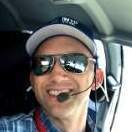

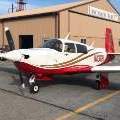
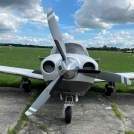
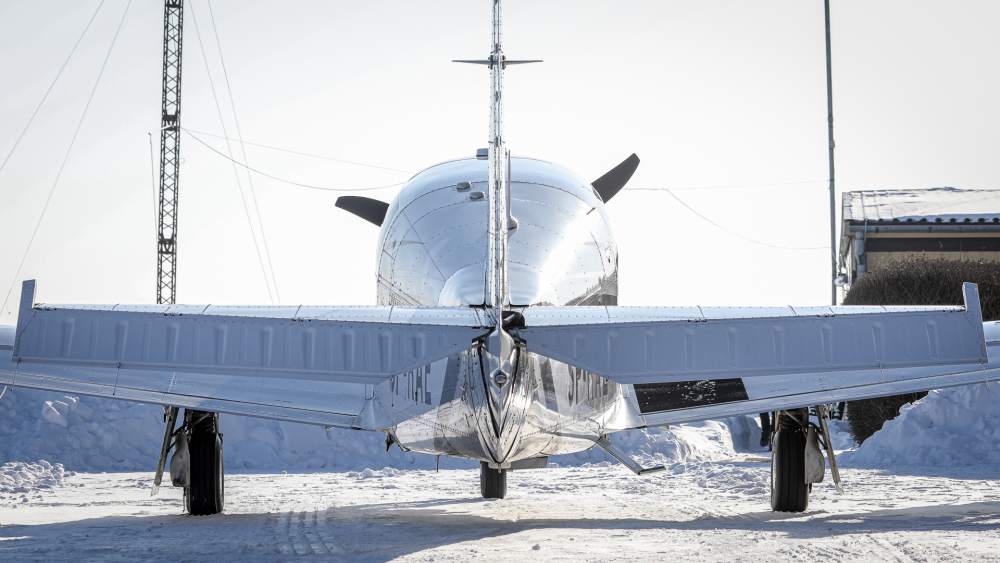
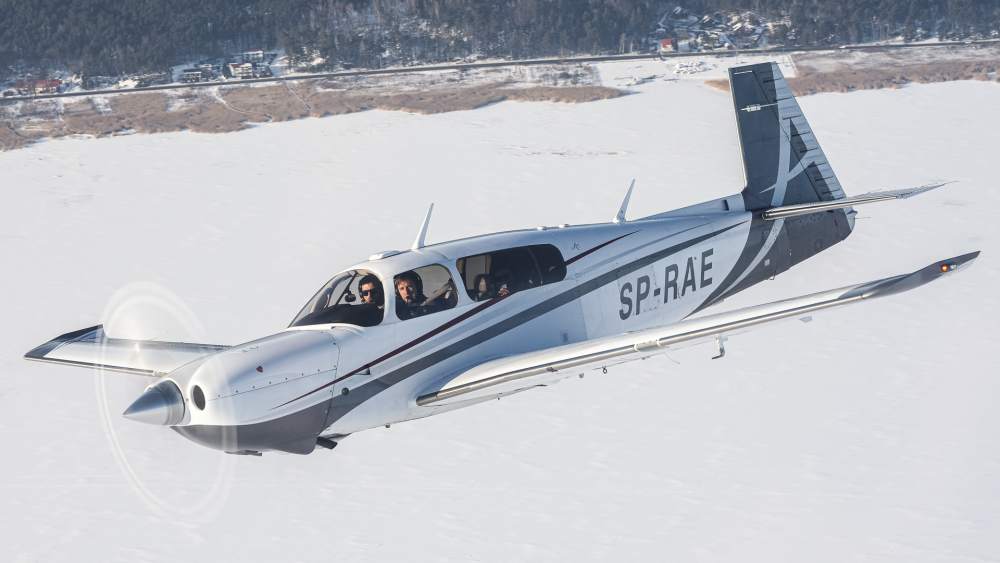
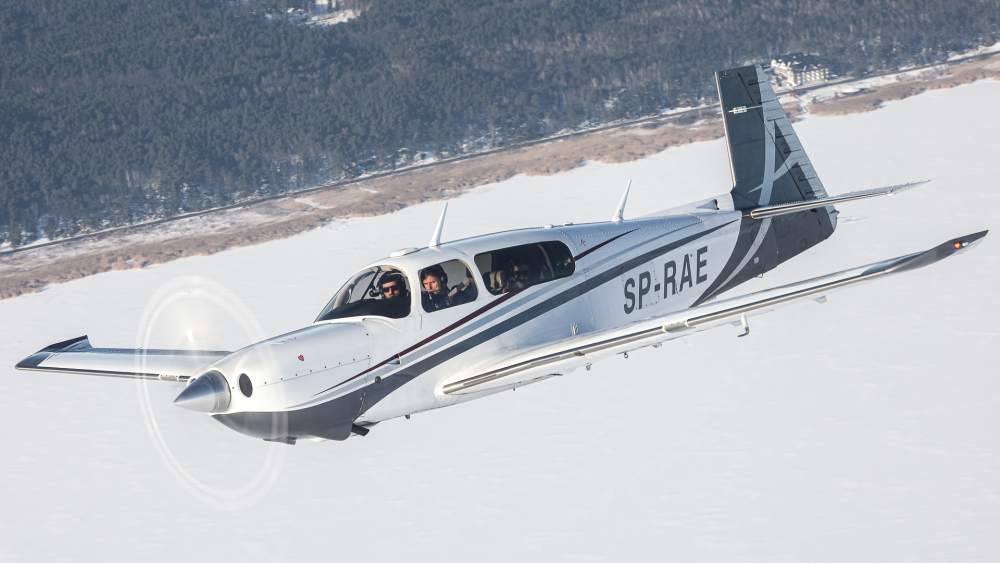
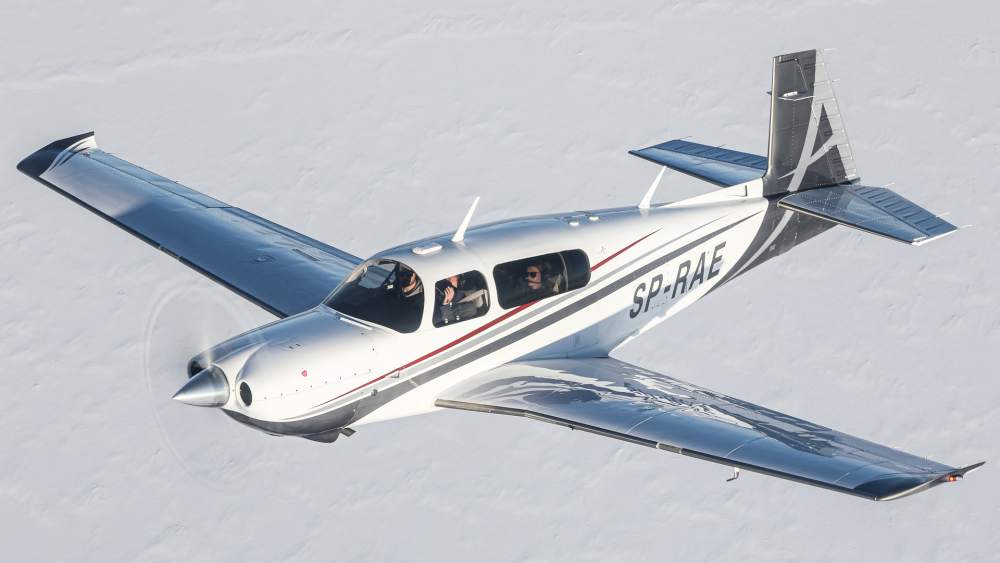
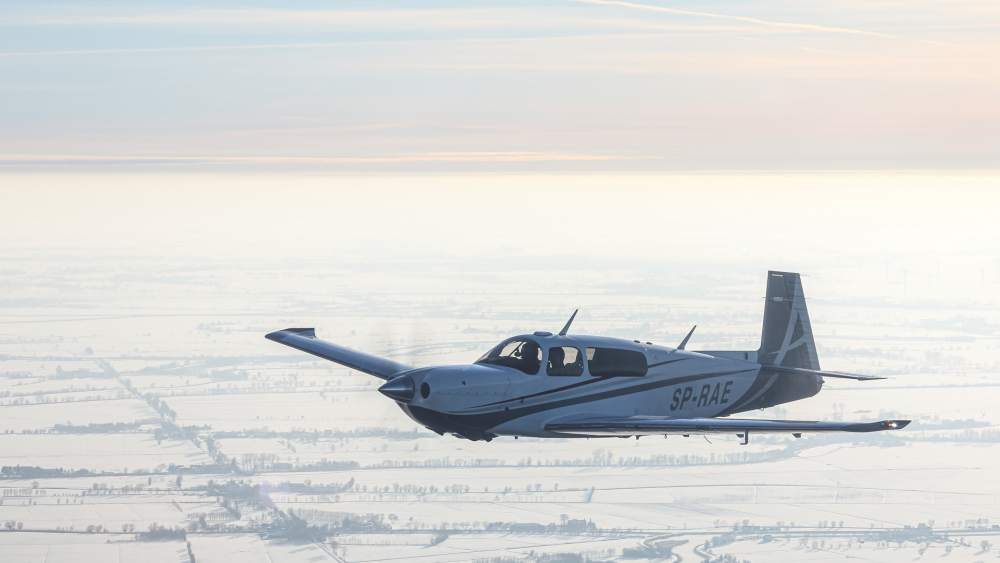
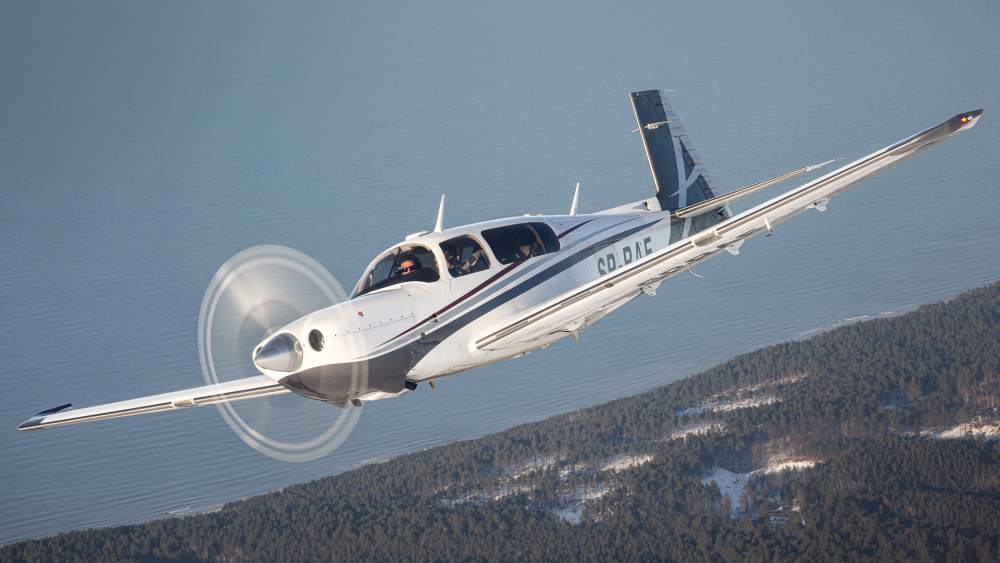
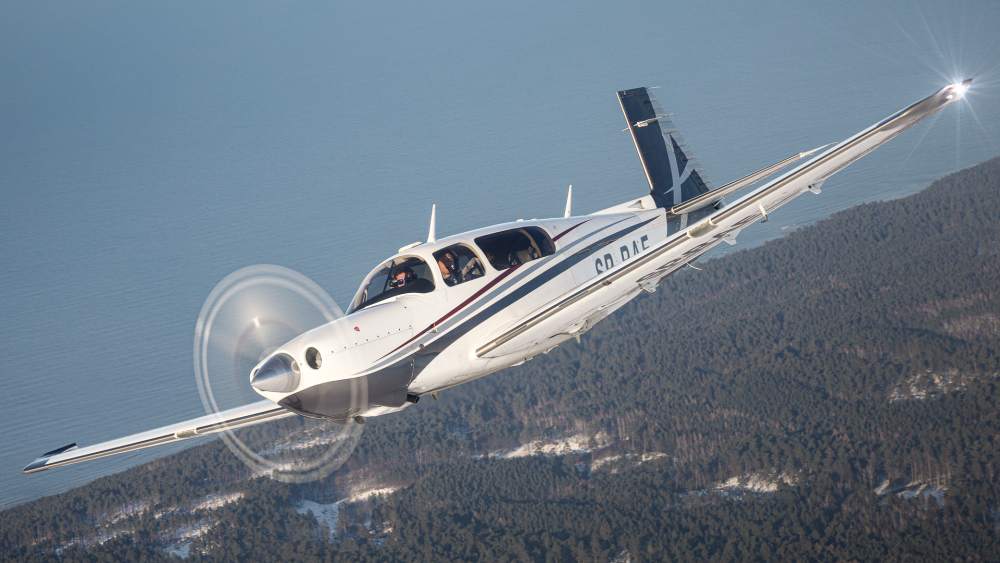
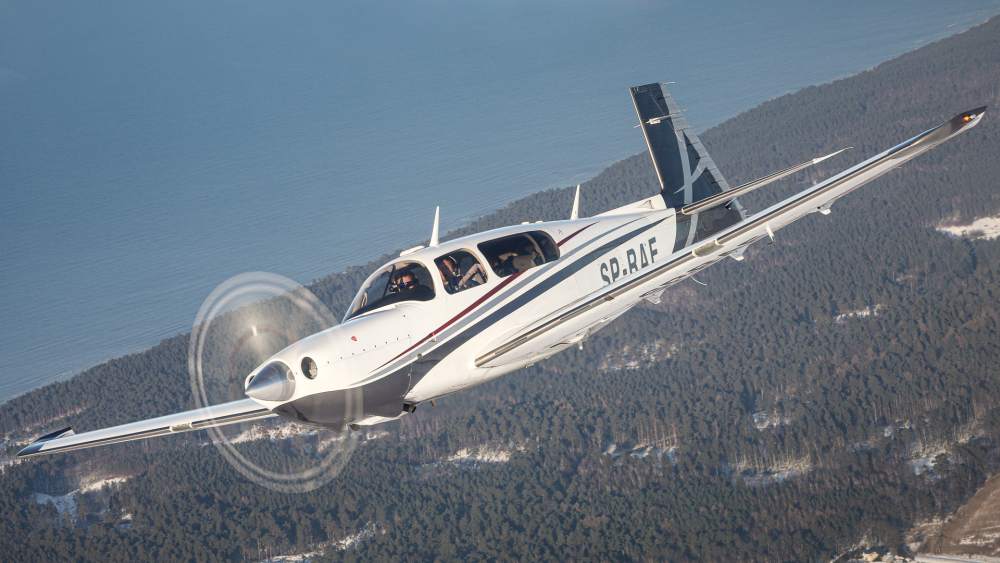
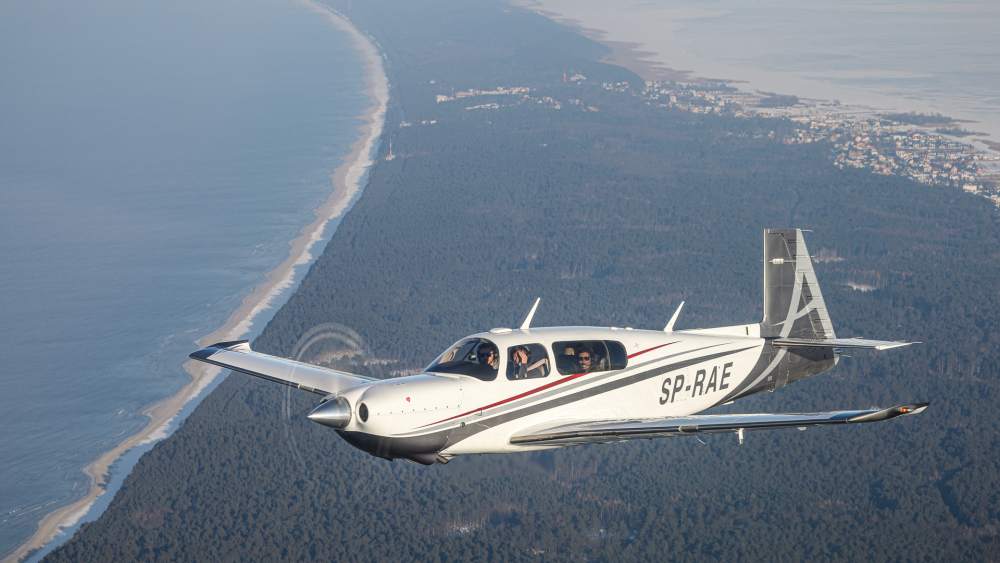
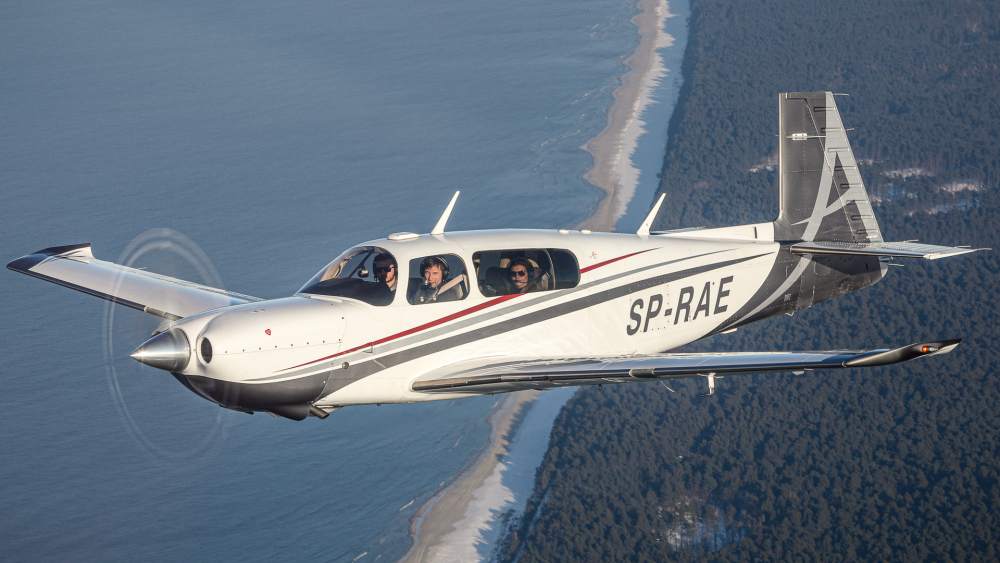
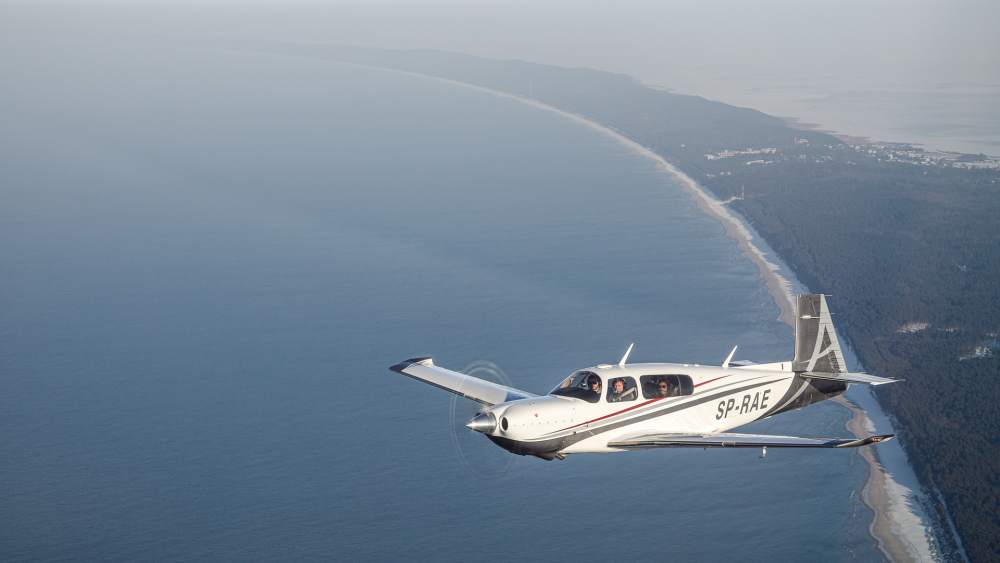
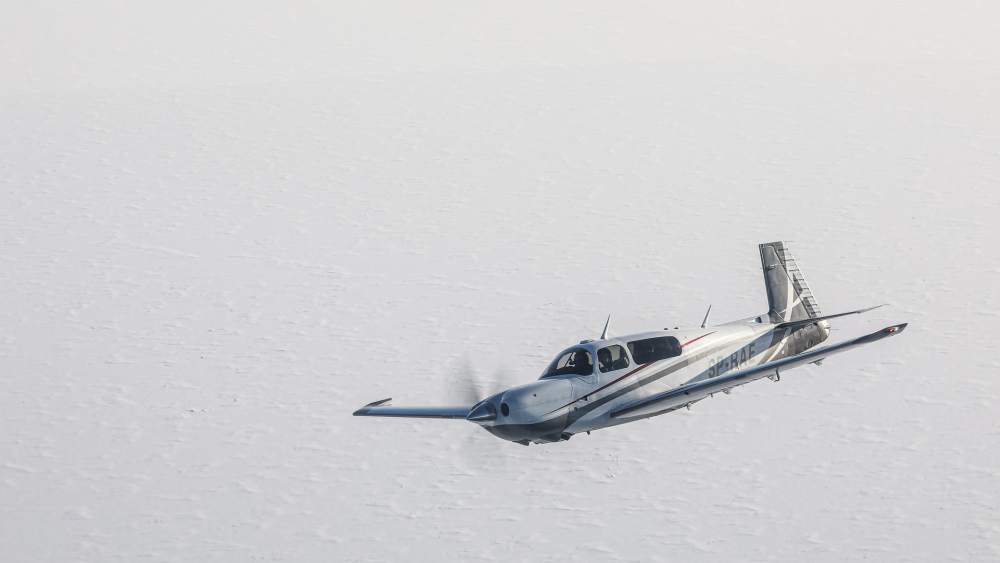
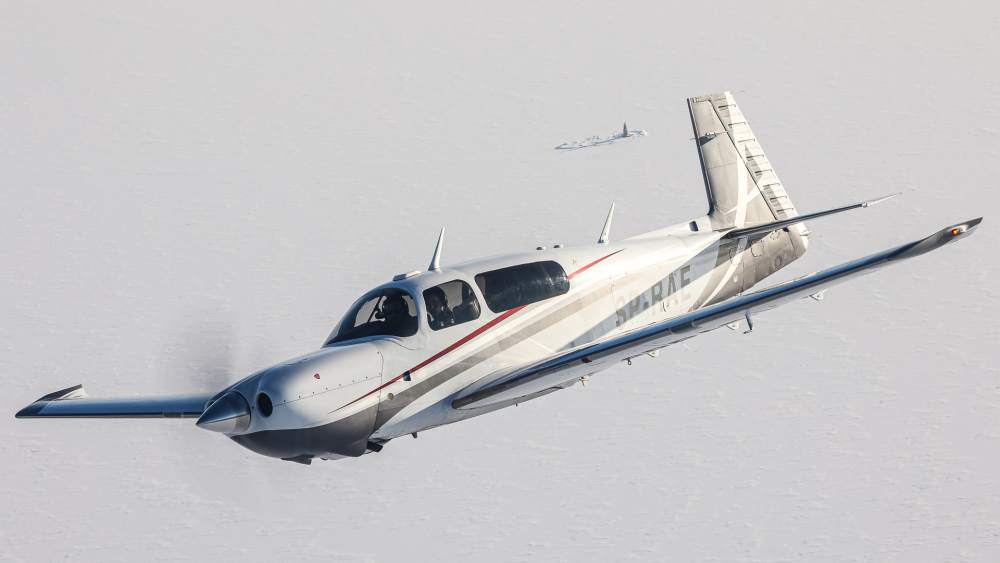
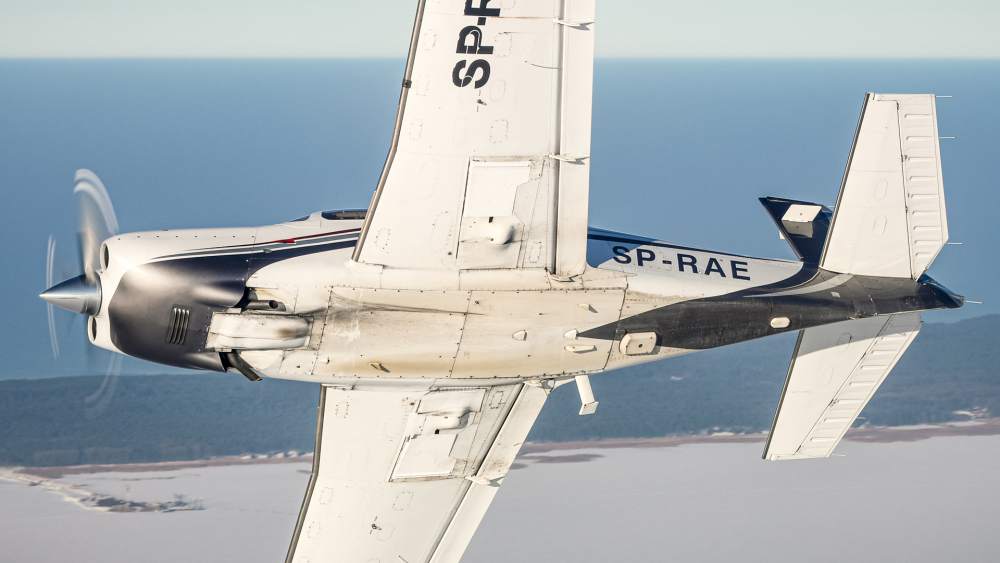
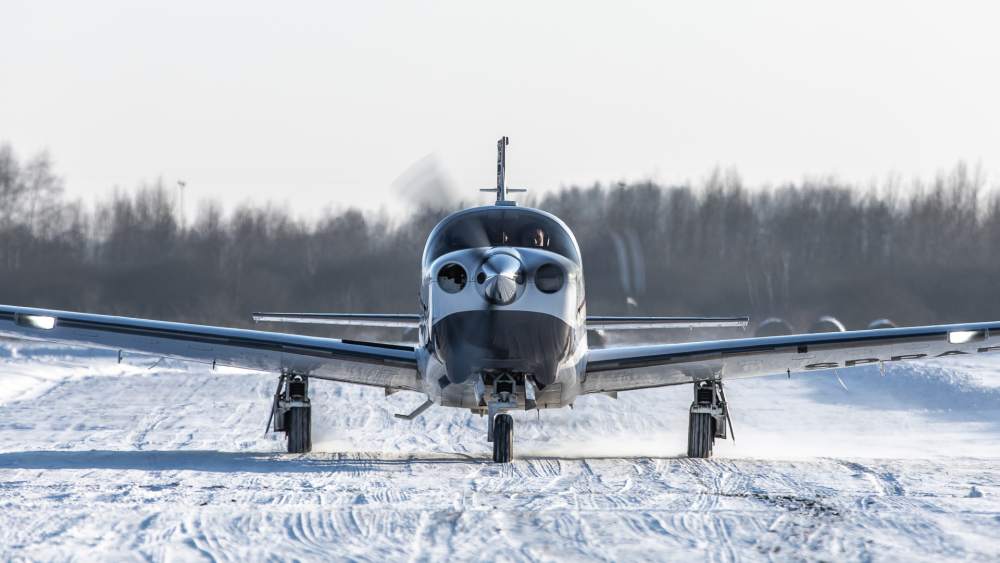
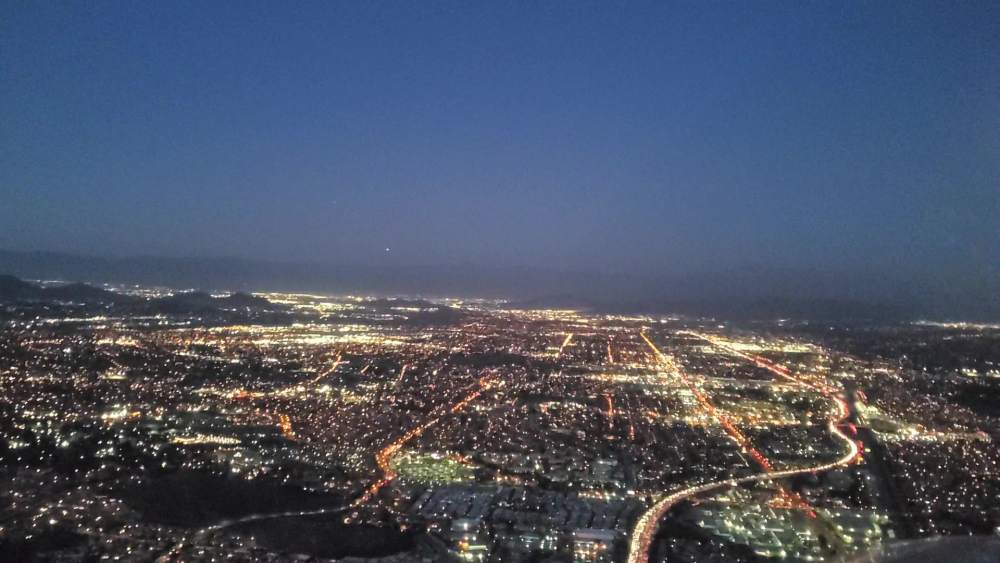

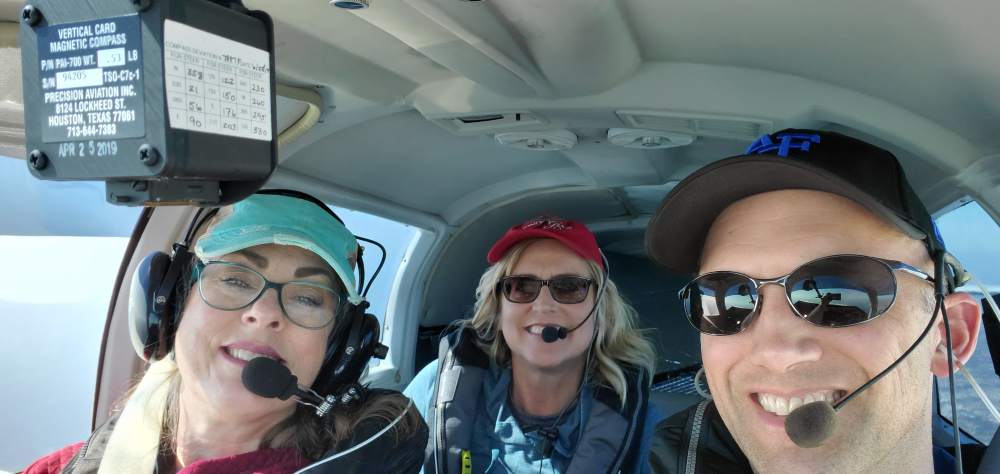

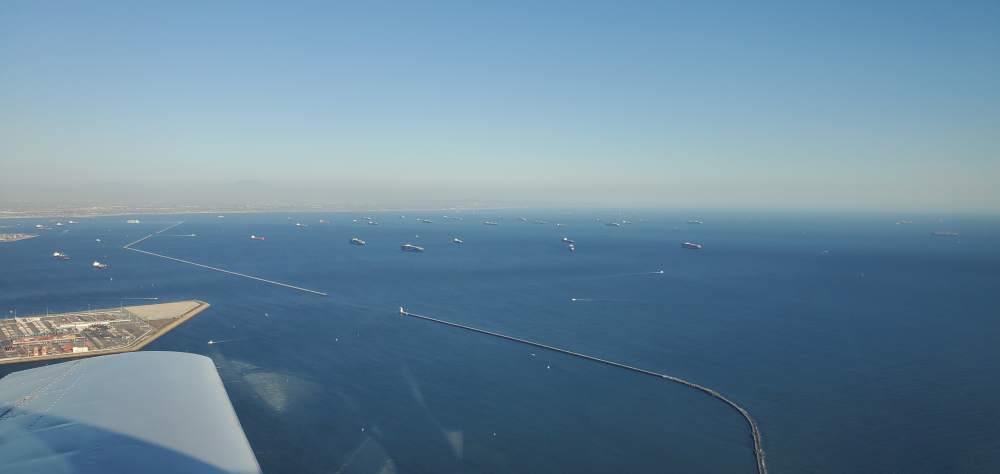
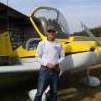

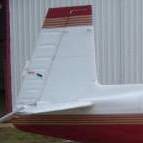
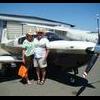
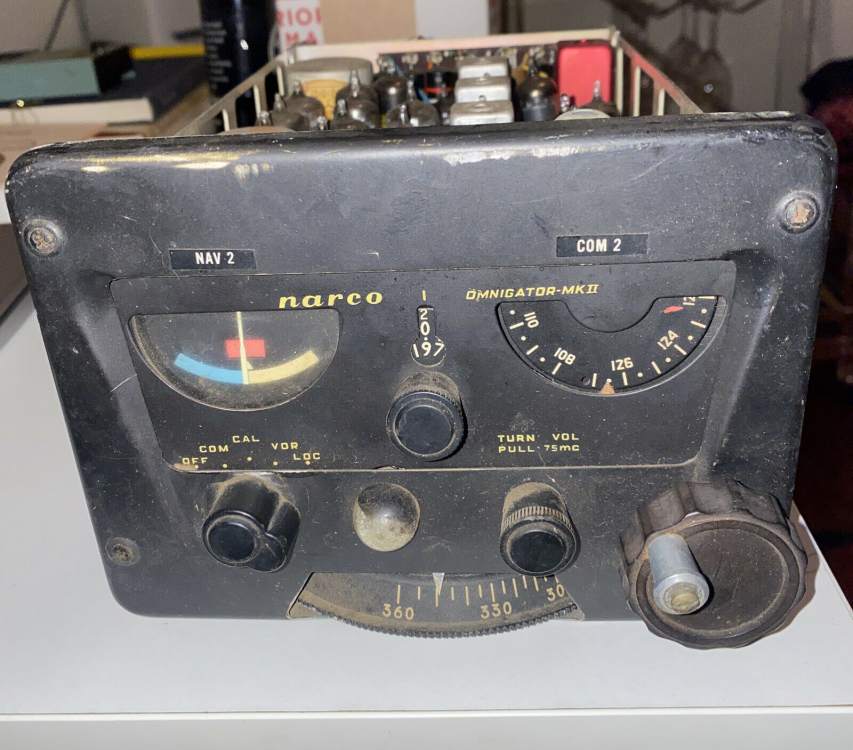
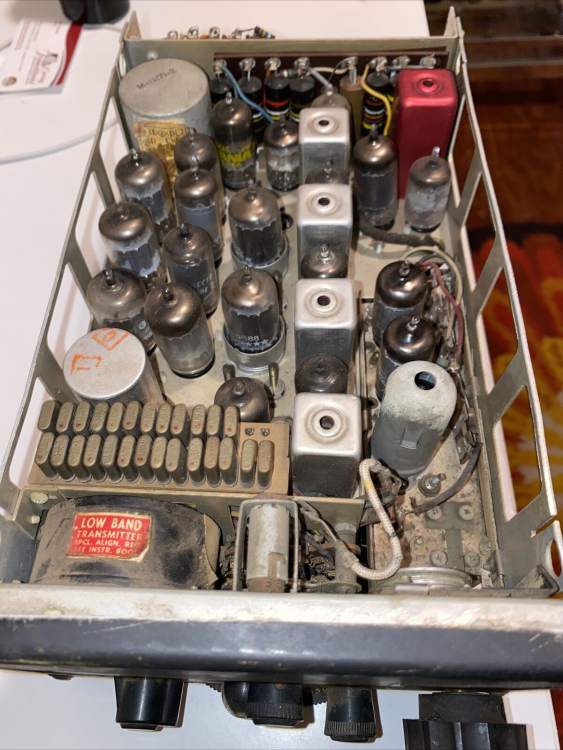
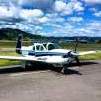
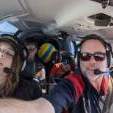
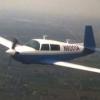


.thumb.jpg.44bc5ad17b44ec09b48bdca2a82f7a76.jpg)
